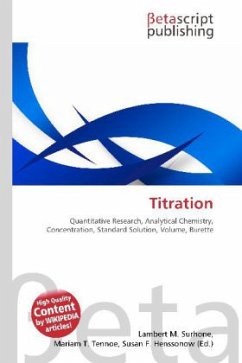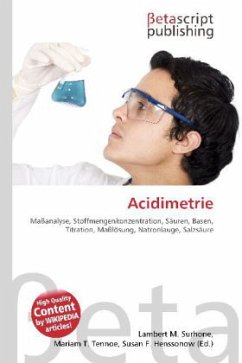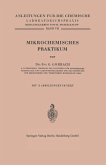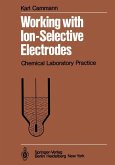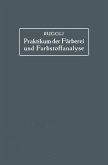Please note that the content of this book primarily consists of articles available from Wikipedia or other free sources online. Titration setup: the titrant drops from the burette into the analyte solution in the flask. An indicator present then changes color permanently at the endpoint. Titration is a common laboratory method of quantitative chemical analysis that is used to determine the unknown concentration of a known reactant. Because volume measurements play a key role in titration, it is also known as volumetric analysis. A reagent, called the titrant or titrator, of a known concentration (a standard solution) and volume is used to react with a solution of the analyte or titrand, whose concentration is not known. Using a calibrated burette to add the titrant, it is possible to determine the exact amount that has been consumed when the endpoint is reached.

